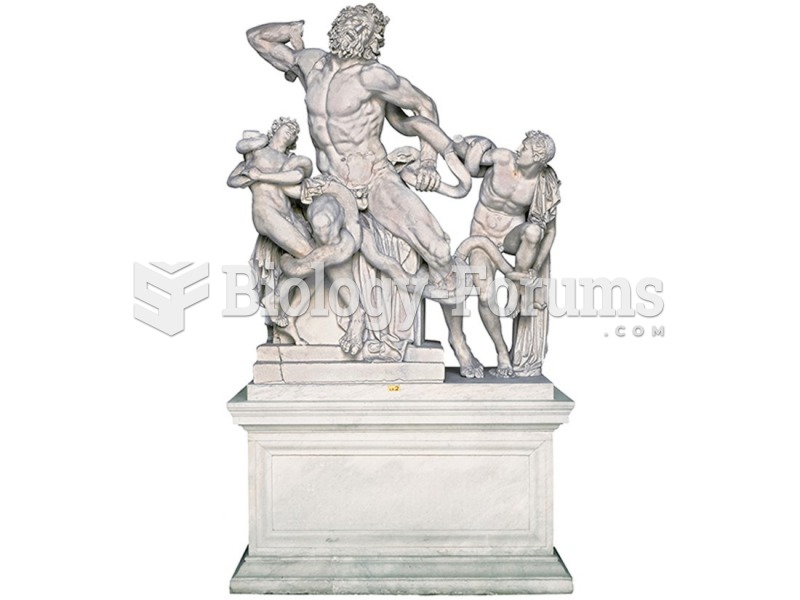On February 20, 2003, Dick's Sporting Goods, Inc, entered into a lease with Simon Property Group for property Simon owned at the Greenwood Park Mall. The lease was for the express purpose of Dick's demolishing an MCL Cafeteria and Service Merchandise store that were on the property and for constructing a new Dick's store. The lease was for an initial term of 20 years, with options to extend it for a total of 50 years. In order to secure the consent of Simon's mortgage lender for the lease, Simon agreed to complete construction of the new building if Dick's did not do so. The lease required Simon to pay Dick's a part of the costs associated with demolishing the MCL Cafeteria and constructing a courtyard. Otherwise, Dick's bore the cost of the construction. Simon reviewed and approved the plans for the Dick's store prior to entering into the lease, but indicated on the plans, Landlord's review of contract documents is for design intent and criteria compliance only. The building was to be surrendered to Simon when the lease ended. Dick's retained S.C. Nestel, Inc, as general contractor for the construction project. Nestel, in turn, sub-contracted window and glass work to McAndrews. McAndrews's (R.T.B.H., Inc is the corporation with the dba of McAndrews Window & Glass) representative interacted with representatives from Nestel and Dick's during construction of the store. There is no evidence that representatives from Simon ever interacted with any representative of McAndrews during the construction. The new Dick's store was completed without Simon's intervention. However, Nestel refused to pay McAndrews for its work on the store. Nestel filed a complaint for damages against McAndrews. McAndrews, in turn, filed a counterclaim against Nestel and against Simon, alleging that there was a valid mechanic's lien on the property and that it should be foreclosed. Discuss whether the lien is valid and why or why not.
Question 2
Commercial General Liability (CGL) policies apply to trademark infringement suits.
Indicate whether the statement is true or false





